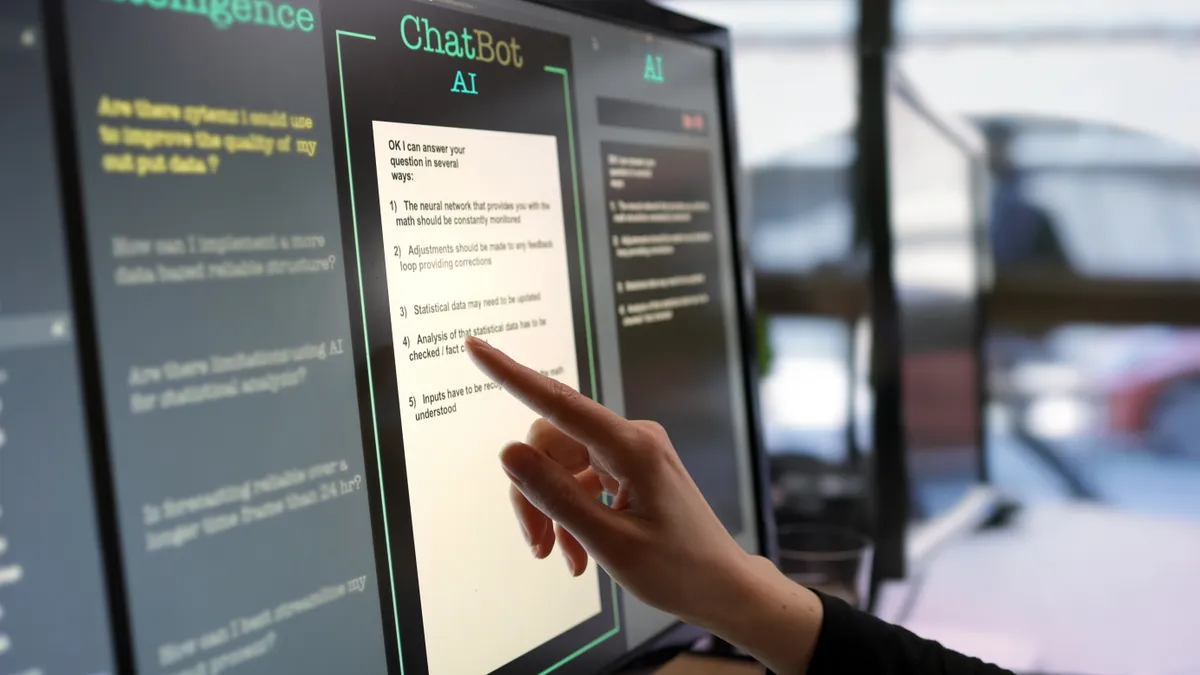The percentage of professionals who use ChatGPT or similar AI tools in the workplace has more than doubled in a year, according to a Jan. 25 report from Glassdoor.
When the tool first launched, 27% of professionals said they used ChatGPT or similar AI tools. A few months later, in January 2023, usage jumped to 43%. Now it’s up to 62%, Glassdoor data shows.
“It’s hard to believe it was a little over a year ago — November of 2022 — when ChatGPT took the internet (and workplace) by storm,” the Glassdoor Economic Research team wrote.
Glassdoor’s survey of 5,017 professionals asked, “Have you used ChatGPT, or other AI tools, to help you with tasks at work?” Respondents could answer “yes” or “no” to the question.
Marketing had the highest adoption rate, with 77% of professionals saying they’ve used ChatGPT or AI tools at work, followed by 71% of those in consulting and 67% of those in advertising.
On the other hand, insurance had the lowest usage, with 33% of professionals saying they’ve used AI tools, followed by 38% of those in the legal industry and 40% of those in healthcare.
Adoption seems to be slightly higher among men, although the majority of both men (66%) and women (57%) said they’re using AI tools in the workplace. By generation, 66% of Generation Z, 63% of millennial workers and 57% of Gen X said they use ChatGPT at work.
Worker confidence in AI appears to be growing despite ongoing uneasiness about the technology itself, according to a Robert Half survey. Respondents said AI tools can automate time-consuming tasks, increase efficiency and boost productivity, although workplace use will need clear guidelines and flexibility among leadership.
Despite quick adoption, however, AI tools haven’t yet led to major productivity gains, according to an Oliver Wyman Forum report. More than half of employees use generative AI at work, although most employees still need training to reach the full benefits of the new technology.
From an HR standpoint, AI tools can save time on several tasks, including performance reviews, onboarding and screening talent. HR teams can also define which problems they want AI to solve and use a trial-and-error process to automate tasks.












